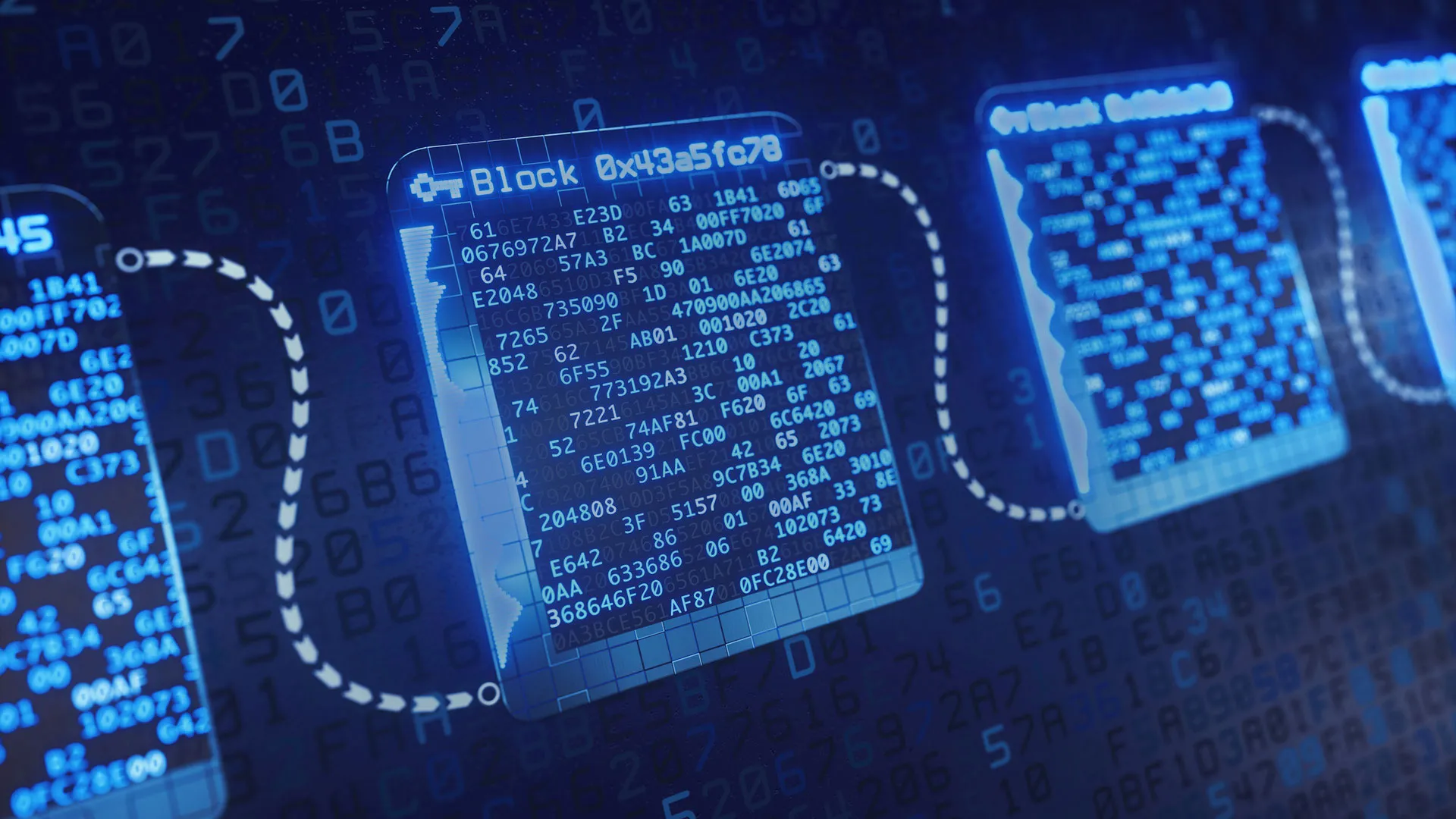In core industry segments like finance, manufacturing, and IoT, the emergence of quantum computing presents both promises and threats.
While the industry favors it for its potential to disrupt computation across various domains, quantum computing also poses a significant challenge to traditional cryptographic systems, including those that underpin blockchain technology.
Introduction to Quantum Computing
Quantum computing builds on the principles of quantum mechanics to perform calculations at speeds exponentially faster than classical computers. In addition, parallelism allows for simultaneous processing of multiple calculations, due to the principles of quantum mechanics.
Quantum entanglement, a phenomenon where qubits remain interconnected despite distance, allows for improvements in communication. In terms of memory, quantum computers offer enhanced storage capabilities, and their precision in calculations exceeds that of classical computers.
Additionally, quantum computing is more energy-efficient, as quantum processes require less energy for computation. The algorithmic capacity of quantum systems is enabling the solving of problems that are infeasible for classical computers.
Which Algorithms are Vulnerable to Quantum Computing's Impact?
Despite the positive effects mentioned above, quantum computing also has its downsides. It threatens the security of asymmetric cryptographic algorithms commonly used in blockchain networks, such as RSA (Rivest-Shamir-Adleman), ECDSA (Elliptic Curve Digital Signature Algorithm), and ECDH (Elliptic Curve Diffie-Hellman).
RSA
RSA, a cornerstone of asymmetric cryptography, may be vulnerable to attacks from quantum computers capable of efficiently factoring large prime numbers—a task deemed computationally infeasible for classical computers. This vulnerability directly impacts Bitcoin transactions and other blockchain operations reliant on RSA encryption.
ECDSA and ECDH
ECDSA, utilized for digital signatures in blockchain transactions, and ECDH, employed for key exchange protocols, are susceptible to quantum attacks due to their reliance on elliptic curve cryptography. The potential compromise of these cryptographic primitives underscores the urgency of developing quantum-resistant solutions to safeguard blockchain networks.
NIST's View on Quantum Computing
The National Institute of Standards and Technology (NIST) is an agency within the U.S. Department of Commerce. NIST's cybersecurity framework plays a key role in helping companies of all sizes understand, manage and mitigate their cyber risks. They also take a significant position on the emergence of quantum computing.
According to NIST the timeline for achieving large-scale quantum computers is uncertain but increasingly plausible, with many scientists considering it primarily an engineering hurdle.
Some engineers forecast that quantum computers could be capable of breaching most public key encryption schemes within the next one to two decades.
Given the historical precedent of nearly two decades to implement current public key cryptography, NIST sees proactive measures to be imperative to fortify information security systems against the impending quantum computing era.
Unveiling Quantum Threats to Blockchain Security
Blockchain, also known as a distributed ledger technology, has gained widespread adoption across industries due to its ability to provide transparent, immutable, and decentralized record-keeping. From financial transactions to supply chain management and beyond, blockchain offers diverse use cases that enhance efficiency, security, and trust in data exchange.
Strengthening Blockchain's Defense: Understanding its Vulnerabilities
Yet, beneath its resilient facade lies an imminent danger: the vulnerability of blockchain’s cryptographic foundations to quantum attacks. Urgent action is imperative to strengthen its security measures. The threat lies in the potential decryption of sensitive information, compromise of user authentication, and manipulation of transaction data by adversaries armed with quantum computing capabilities.
Blockchain's vulnerabilities to quantum attacks span various layers, each demanding specific security measures:
- Hardware and infrastructure: Nodes and virtual resources require quantum-compatible upgrades to ensure secure integration.
- Data layer: Vulnerable cryptographic algorithms make data integrity susceptible to quantum threats.
- Network layer: Networks need to be enhanced by quantum networks which offer enhanced security for communication and information sharing among nodes.
- Consensus layer: Quantum computers can exploit vulnerabilities in transaction validation and block integrity maintenance.
- Application layer: Quantum-resistant blockchain solutions are needed to protect smart contracts and decentralized applications from manipulation.
Addressing these vulnerabilities is crucial to achieving blockchain resilience in the face of quantum computing advancements.
Industry’s Blockchain Architecture Under Quantum Threat
Enterprises and organizations operating in finance, manufacturing, and IoT (Internet of Things) sectors must recognize the imminent threat quantum computing poses to their blockchain infrastructure. Decision-makers, technology experts, and blockchain professionals must collaborate to effectively address this challenge.
Exploring Quantum-Secure Solutions for Blockchain Technology
To mitigate the risks associated with quantum computing on blockchains has emerged—a paradigm that integrates quantum-resistant cryptographic algorithms into blockchain protocols. Quantum Key Distribution (QKD) represents one such solution, leveraging the principles of quantum mechanics to establish secure communication channels that are immune to eavesdropping.
Additionally, the adoption of Post Quantum Cryptography (PQC) algorithms, either independently or in hybrid configurations with classical cryptographic primitives, offers another viable path toward quantum-resistant blockchain networks.
Furthermore, hash-based cryptography provides another alternative to make blockchains quantum proof. Hash-based cryptography is a type of security technique that uses mathematical functions (hash functions) to convert data into a fixed-size string of characters, which is nearly impossible to reverse-engineer.
In the following sections, we delve into these three approaches, exploring their potential to safeguard blockchain ecosystems against the challenges posed by quantum computing.
Quantum cryptography
Quantum cryptography applies quantum mechanics principles for secure data encryption and transmission, employing methods like Quantum Key Distribution (QKD) and quantum entanglement.
Various approaches have been proposed, including a two-layer blockchain protocol using QKD and classical hashing, and Computational Quantum Key Distribution (CQKD) with a photon-based system for enhanced security and scalability. Another model utilizes Quantum Coin and DPoS for efficient, secure transactions. Research also explores quantum blockchain's potential, employing quantum entanglement and hypergraph states for robust, decentralized systems without traditional hash functions or shared databases, suggesting a paradigm shift towards quantum-resistant blockchain technologies.
Post Quantum Cryptography
Post Quantum Cryptography (PQC) is a solution to secure blockchain technologies against quantum computer attacks, using approaches such as lattice-based encryption or signatures, hash functions, and identity-based encryption. Innovations include efficient digital signature schemes with reduced key sizes, and the introduction of hybrid systems like PQFabric for Hyperledger, offering quantum security and crypto-agility.
Challenges include balancing scalability, storage capacity, and performance, with lattice cryptography being a predominant method due to its anticipated quantum resistance, as evidenced by its inclusion in NIST's project rounds: NIST chose the CRYSTALS-Dilithium scheme, which is designed to withstand attacks from both classical and quantum adversaries.
CRYSTALS-Dilithium is a digital signature scheme designed to be secure against quantum computer attacks, based on the difficulty of solving lattice problems in cryptography. This lattice-based approach ensures that future blockchains can resist quantum decryption methods, offering a path toward quantum-secure encryption for digital transactions.
Hash-Based Cryptography
Stateful hash-based signatures provide a way to make blockchains quantum-resistant by relying on simple hash functions that are considered secure against attacks using quantum computers. Stateful schemes require maintaining a state, such as a counter of used keys, to ensure security and prevent key reuse. Since these hash functions do not depend on the number-factoring or discrete logarithm problems, which quantum computers could potentially solve, they ensure the integrity and security of blockchain transactions even in the presence of quantum computing capabilities. Their advantage is that this technology already comprises two algorithms standardized by NIST: the Leighton-Micali Signature (LMS) system and the eXtended Merkle Signature Scheme (XMSS), along with their multi-tree variants, the Hierarchical Signature System (HSS) and multi-tree XMSS (XMSS-MT).
Quantum-Secure Distributed Ledger Technology
The pathways described above indicate that the application of quantum secure distributed ledger technology (QDLT) in quantum blockchain technology promises robust protection against quantum threats, offering a vast array of potential applications, especially in manufacturing, secure IoT networks, and various sectors such as finance, insurance, and supply chain management.
Crypto-Agility: A Prerequisite for Blockchain Hardware Investment
Given the life expectancy of IT infrastructure and the security challenges associated with quantum computing's emergence, organizations are advised to invest in crypto-agile infrastructure.
Even though the quantum-resistant blockchain schemes described above are promising, this approach emphasizes the importance of adaptable systems that can swiftly transition to new encryption / signature methods or cryptographic primitives without requiring significant infrastructure changes. The goal is to ensure that current investments are resilient against future quantum-enabled threats, thereby safeguarding sensitive information against potential quantum computing attacks. Additionally, it should be ensured that the system can quickly transition to secure cryptographic alternatives once vulnerabilities or compromises are identified in an existing solution.
Conclusion - Blockchain is only at Risk if it does not adapt
While the potential for quantum computing to disrupt traditional cryptographic systems is undeniable, proactive measures and crypto-agile infrastructure can mitigate these risks and ensure the resilience of blockchain networks in the face of emerging threats.






